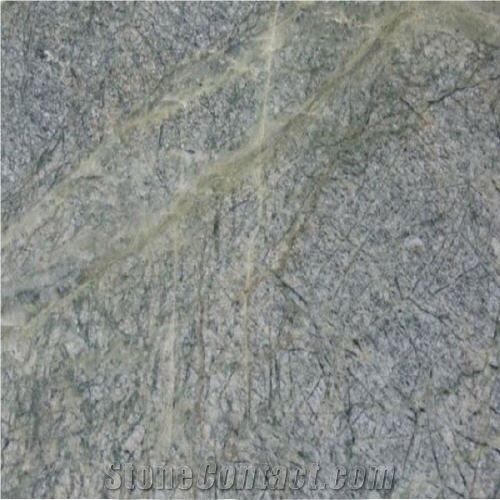Acacia Granite
 Brazil
Brazil
Acacia Granite is a kind of grey granite quarried in Brazil. This stone is especially good for Countertops, mosaic, exterior - interior wall and floor applications, fountains, pool and wall capping, stairs, window sills and other design projects. It also called Acacia Grey Granite, Steel Grey Granite . Acacia Granite can be processed into Polished, Sawn Cut, Sanded, Rockfaced, Sandblasted, Tumbled and so on.

Is Brazil's Acacia Granite an expensive stone?

Can I install Acacia Granite steps myself?

Is Acacia Granite countertop resistant to heat?

How do I attach Acacia Granite to steel?

Is Acacia Granite good for table tops?

What type of abrasive should I use to polish the Acacia Granite surface?

What is the coefficient of friction of Polished Brazil's Acacia Granite tiles?

What grade is Brazil's Acacia Granite?

How can I drill a hole in place for the faucet outlet in the Acacia Granite kitchen countertop?

How do I anchor a railing to Acacia Granite stair steps?

Are there color variations of Brazil's Acacia Granite?

Is Acacia Granite good for a headstone?

How thick is Brazil's Acacia Granite slabs?

Can Acacia Granite be used for swimming pool terrace pavers?

What type of saw blade should I use to dry cut 2cm thick Acacia Granite?

What type of cutting blade should I use to cut 2cm thick Acacia Granite?

How to repair the scratched Acacia Granite countertop surface?

How to clean smoke stains on a Acacia Granite fireplace?

How do I clean Acacia Granite headstones?

Can Brazil's Acacia Granite be used exterior applications in hot climates?

Is Acacia Granite good for outdoor steps?

Will Acacia Granite kitchen top crack from heat?

Is Acacia Granite good for kitchen table?

How do I install Acacia Granite steps?

Can Brazil's Acacia Granite be used in a bathroom?

Can Brazil's Acacia Granite be used in landscaping?
The request includes: 1. surface finished, size 2. quantity required








 United States
United States India
India China
China